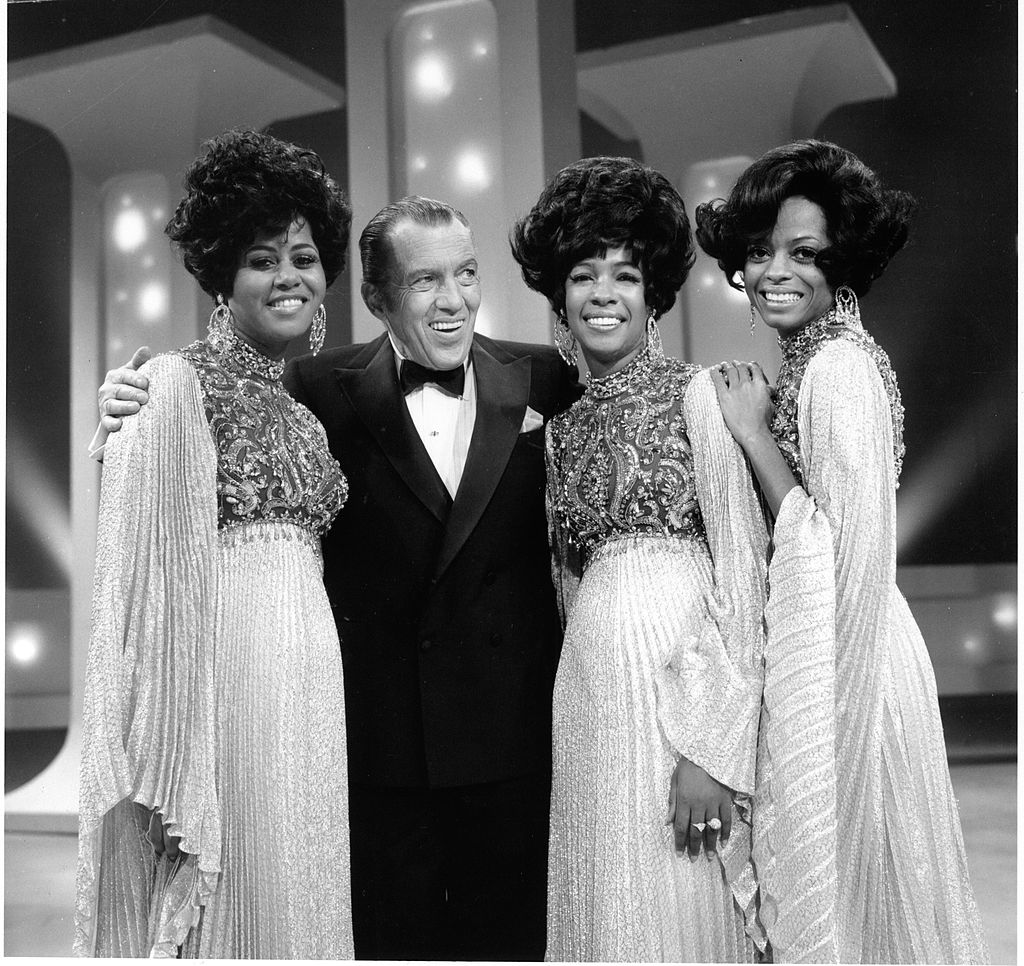On July 21, Netflix debuted Sunday Best, a documentary about The Ed Sullivan Show—the longest-running variety show in U.S. broadcast history—and how it featured Black American performers at a time when discrimination was still rampant in the U.S. in the 1950s and 1960s.
[time-brightcove not-tgx=”true”]
Though the U.S. Supreme Court ruled segregated schools unconstitutional in 1954, and the Civil Rights Act was passed in 1964, the documentary highlights how racism never really went away. The Ed Sullivan Show, which aired from 1948 to 1971 and boasted between 35 and 50 million viewers each Sunday night, was one of the first mainstream stages to showcase Black talent—as the artists wanted to be seen.
Viewers will see snippets of past performances on the show by Harry Belafonte, Stevie Wonder, Nat King Cole, Nina Simone, James Brown, The Jackson 5, and The Supremes. In the documentary, entertainment greats like Belafonte and Smokey Robinson talk about the influence of Sullivan’s show, and through a recreation of Ed Sullivan’s voice, Sunday Best features Sullivan’s comments on racial issues over the years, verbatim from his letters, articles, and columns.
“He was a door opener, especially for Black artists,” says Otis Williams, lead singer of The Temptations. “This man opened up his door and let artists come on his show to express and be seen.”
Here’s a look at how the doc dives into Sullivan’s modern (for his time) worldview, featuring the Black entertainers who talk about how much it meant to be on his Sunday night show.
A progressive streak
Sunday Best argues that one of the reasons that Sullivan was so open-minded was because he grew up poor in Harlem, at a time when it had a sizable Irish and Jewish population. The Irish had a history of facing discrimination, so Sullivan was more attuned to the mistreatment of Black people in America.
As a high schooler in Port Chester, N.Y., Sullivan played baseball and regularly encountered teams with Black players, so he believed in integration from an early age. As Sullivan explains in a TV interview, “When we played baseball [at] Port Chester High School, there were Negroes in the league, and some fellas actually said they would not play against a Negro. I always resented them very deeply because the Irish had gone through that when they first came…My parents knew these things were wrong, and they were not just broad-minded, but sensible.”
In fact, during his first career as a journalist, he slammed New York University’s decision to bench a Black player during a game against the University of Georgia in a column he wrote as sports editor for the New York Evening Graphic.
“I was sickened to read NYU’s agreement to bench a negro player for the entire game,” he wrote in 1929. “What a shameful state of affairs this is…If a New York City university allows the Mason-Dixon line to be erected in the center of its playing field, then that university should disband its football [team] for all time.”
And he didn’t hold back when he started hosting a variety TV show in 1948—renamed The Ed Sullivan Show in 1955. “We’ve been called upon to search our hearts and souls of hatred, cleanse them of a natural hate and fear for our neighbors…Bigotry and intolerance, racial or religious hate and discrimination are spiritual acts of treason.” He also called upon Americans to “join in this great crusade for our brotherhood” for a “united America is the sole remaining hope for our shattered world.”
Door opener
In Sunday Best, singer Dionne Warwick says Sullivan “wanted his audience to understand that there was a lot of talent out there that needed exposure.”
Belafonte, who appeared on the Ed Sullivan show 10 times, says Sullivan “pushed the envelope as far as the envelope could be pushed.” He says CBS network executives almost stopped him from first performing on the show in 1953 because of his left-wing politics, and Sullivan called him to tell him he might have to cancel the appearance. But Sullivan was the one who convinced the network to let the show go on.
“He gave me a chance to talk to him about acts considered rebellious,” Belafonte explains. “Those who weren’t happy about giving us the platform with us about politics…Ed took the position, ‘let’s test it, and see where it would go.’”
Ed Sullivan still had Nat King Cole on the show in May 1956, a month after the entertainer was attacked in Birmingham, Alabama. He had the child prodigy Stevie Wonder on in 1964 when he was only 13 years old. Members of the Jackson 5 talked about how their 1969 appearance helped launch them to a new level of fame.
“To Motown, The Ed Sullivan Show was the ultimate,” Berry Gordy, Motown Records founder, says in the doc. “If it was a hot act, Ed Sullivan had them. It was American culture.”
And though Sullivan died in 1974 at the age of 73, music can still bring people together. As Robinson puts it, “Music is the international language. It’s the barrier breaker.”

